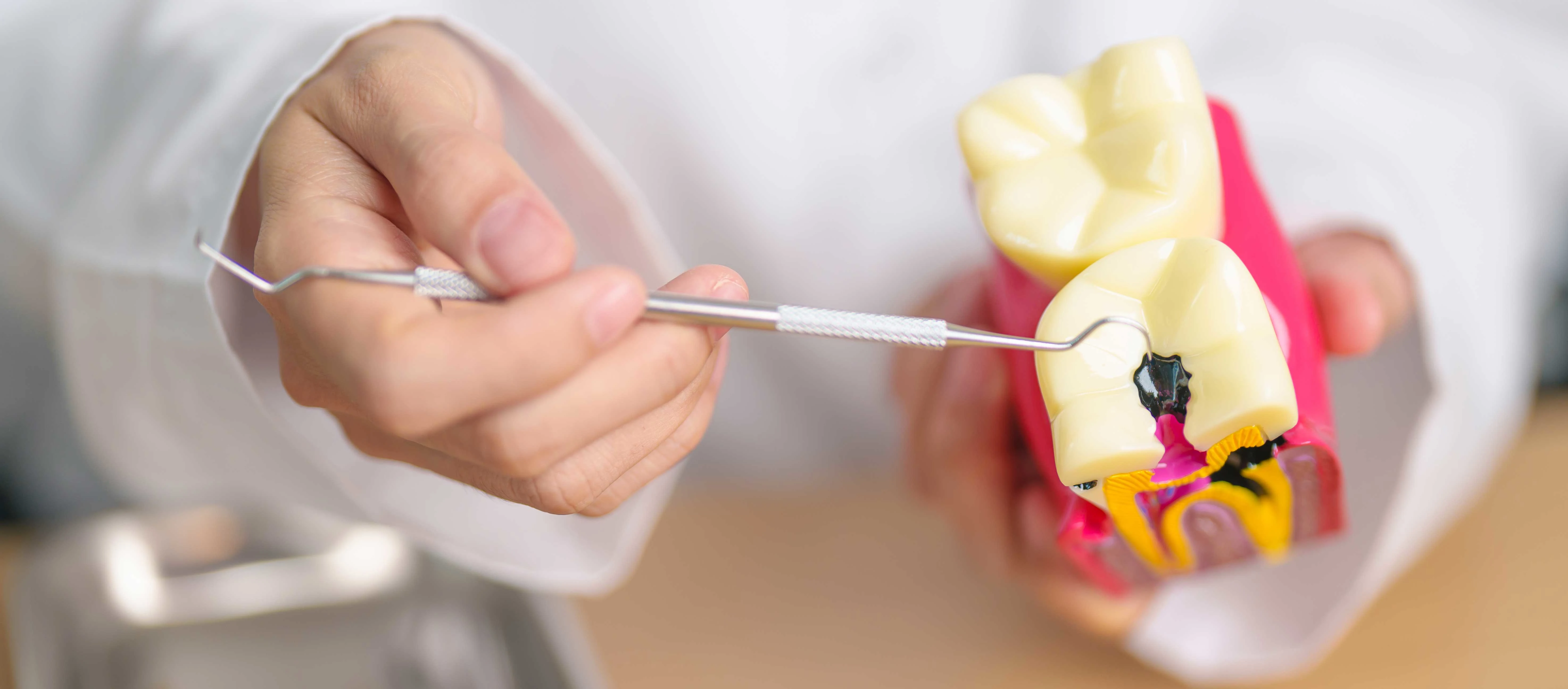
What Does a Cavity (Tooth Decay or Dental Caries) Look Like?

This blog has been reviewed and approved by Dr. Monika Negi, a qualified Oral and Maxillofacial Pathologist with 5+ years of experience.
Table of Contents
Key Takeaways
- Cavities progress over time typically starting as white spots (demineralization), then turning yellow or brown, and eventually forming visible holes.
- Common symptoms of cavities include tooth sensitivity, pain when biting, and visible holes or dark spots on the tooth. However, in the early stages, a cavity may not present any visible or noticeable symptoms.
- If left untreated, cavities can lead to severe pain, infections, swelling, or the formation of an abscess.